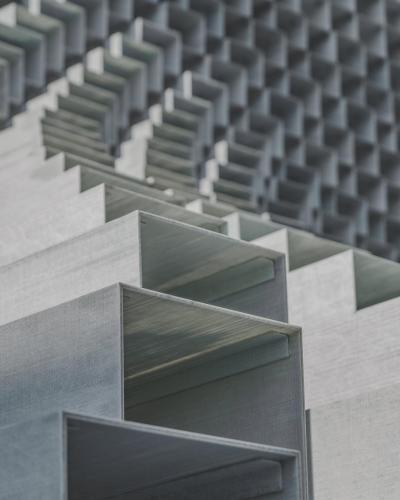Quick Guide: Stainless Steel Types 321, 347, And 348

These steel types are stabilized, meaning they have very high resistance to corrosion when exposed to high temperatures and in the presence of chromium carbide. The element used in the stabilization is what differs. Type 321 is stabilized by adding titanium while 347 and 348 are stabilized using tantalum and columbium. If you are looking for 347 stainless steel tube, you can also consider 321 or 348. Type 348 is so superior that it is used in nuclear applications.
Looking for 347 stainless steel tube can be daunting because it is scarce, but by contacting the right supplier the process becomes easy. Type 321, 347, and 348 have excellent mechanical properties and can be used in extremely high-temperature conditions.
Corrosion Resistance
Types 321, 347, and 348 stainless steel tube are resistant to corrosion, just like the other stainless-steel grades. When subjected to the same environments, these three grades will behave similarly as far as corrosion is concerned. Type 321 will, however, be the first to show some reaction when exposed to an oxidizing environment. Type 347 is the most recommended for use in moist and under low-temperature conditions. When exposed to temperatures of between 800 and 1500-degrees Fahrenheit, Type 321 will get corroded much faster compared to Type 347. In comparison, both Types 347 and 348 can be used in high-temperature areas. In such an environment, high resistance to sensitization is required. These two grades are not affected by intergranular corrosion in low temperatures.
Intergranular Corrosion
Stainless steel Types 321, 347, and 348 are manufactured for uses where unstabilized alloys such as chromium and nickel steels would be more prone to intergranular corrosion. When the unstabilized steels are exposed to temperatures of between 800 and 1500 degrees Fahrenheit, chromium carbide is released at the grain boundary. When grain boundary is exposed to any corrosive substance, the metal is weakened and may end up disintegrating completely.
Aqueous substances that are less corrosive such as milk, do not cause intergranular corrosion even in the presence of precipitated carbides. When welding thin metal, the time it is exposed to the high temperatures is short and might not get corroded even if the metal is the unstabilized type. The degree to which carbide precipitation can damage the metal depends on the time it will be exposed to the high heat and the level of corrosion.
Physical Properties
The physical characteristics of Types 321, 347, and 348 stainless steel are similar in several ways. The three are even considered to be the same for practical reasons. When correctly annealed, these three types of steel are made up of carbides of columbium or titanium and austenite. Traces of ferrite can be present while traces of sigma phase can form when exposed to high temperatures of between 1000 and 1500-degrees Fahrenheit.
Since they are stable grades, Types 321, 347, and 348 cannot be hardened by heat treatment. Just like the other types of stainless steel, the ability of Types 321, 347, and 348 to remain shiny allows for better heat conductivity.
Fabrication
Stainless steel types 321, 347, and 348 are highly weldable. There are, however, two critical factors that should be put into consideration, and these include maintenance of corrosion resistance and prevention of cracking.
Advertise on APSense
This advertising space is available.
Post Your Ad Here
Post Your Ad Here

Comments